There can’t be a car lover alive who hasn’t dreamed of building a car of his or her own. Most will never get close to it, but that doesn’t prevent the conceit lurking within us that, given the tools, we could do it better than the professionals.
We never could, of course. Just understanding the legal constraints on a modern car design is years of work for dozens of people – and that’s before you start studying the true needs of customers in a big market sector, or creating something decent at a price they could afford. The process needs a depth of expertise we simple users just don’t understand.
Read about the (new) original people's car - the Volkswagen Beetle - here
That’s why we dreamed up this project: to understand and help you to understand more about how a car is created. It’s complex, so we’re dividing the exercise into three parts published two weeks apart. It will culminate in the reveal of a comprehensive set of digital illustrations and a real, live, three-dimensional model in our traditional Christmas double issue in three weeks’ time…
In this first tranche of the story, we discuss the key parameters of the project, the creative team, some early design and engineering decisions and the name we’ve chosen for the car. Next time, we’ll get much more serious about dimensions, design and mechanicals. In the third piece, you’ll hear about the final detail of the job, the kind of info that – for the sake of a billion or so – could take our car to production.

Project parameters
It would have been too easy to propose some other-worldly 200-off supercar. Such creations don’t have to please many people, there’s no requirement to meet the cost and weight constraints of ordinary cars, they can cover a multitude of sins with spectacular shapes and high horsepower numbers, and they usually benefit most from low-volume get-outs on crash testing and clean air legislation. In short, they hardly belong to the real world.


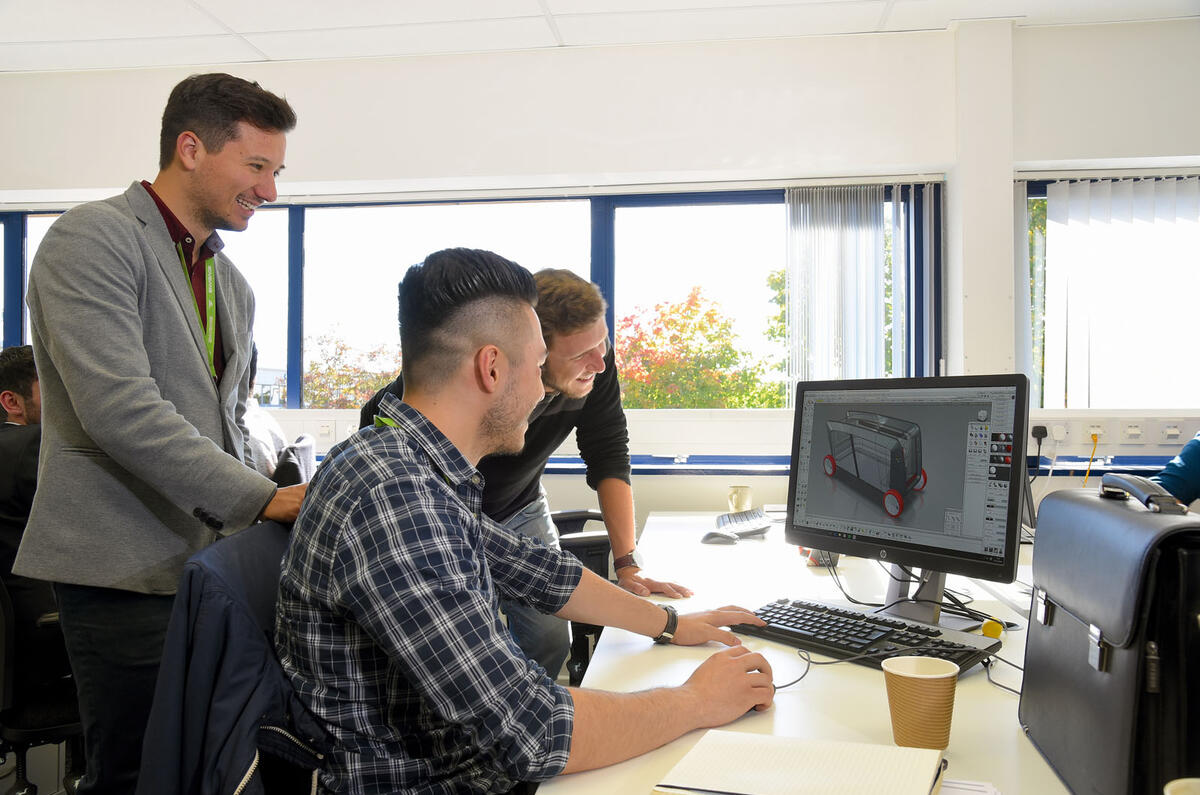

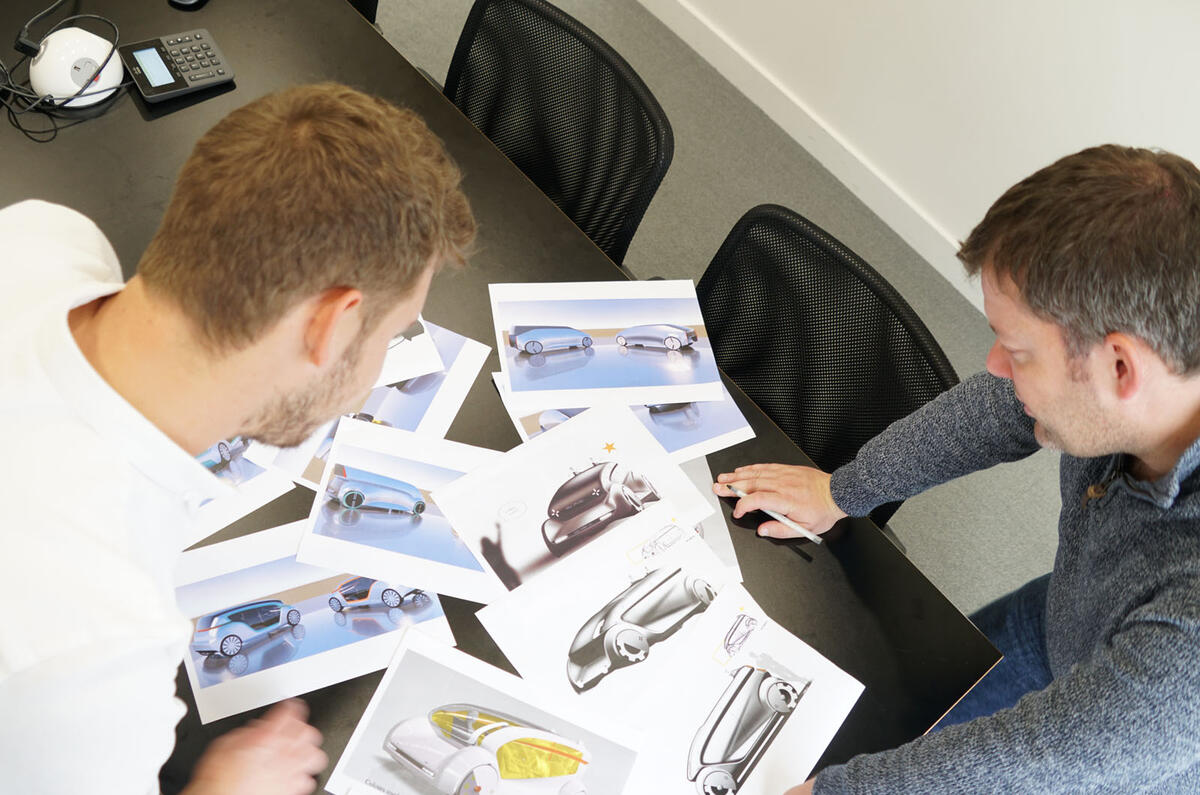



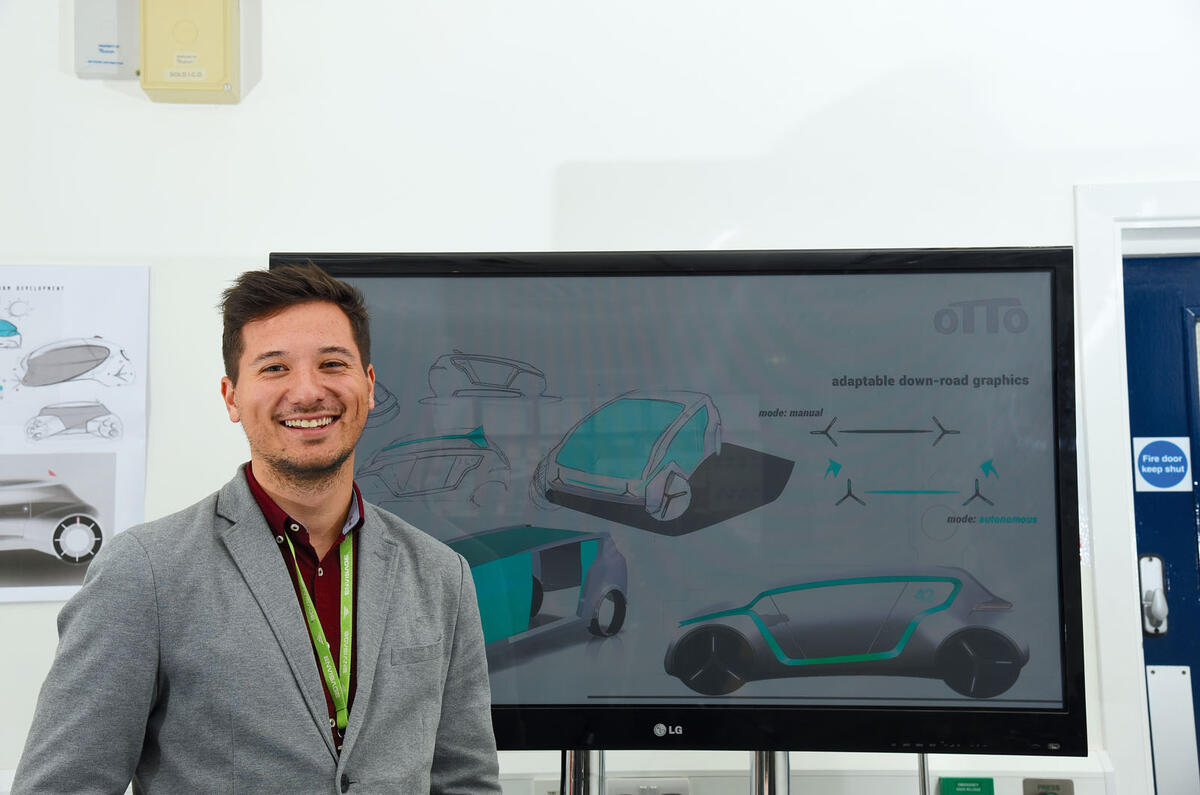


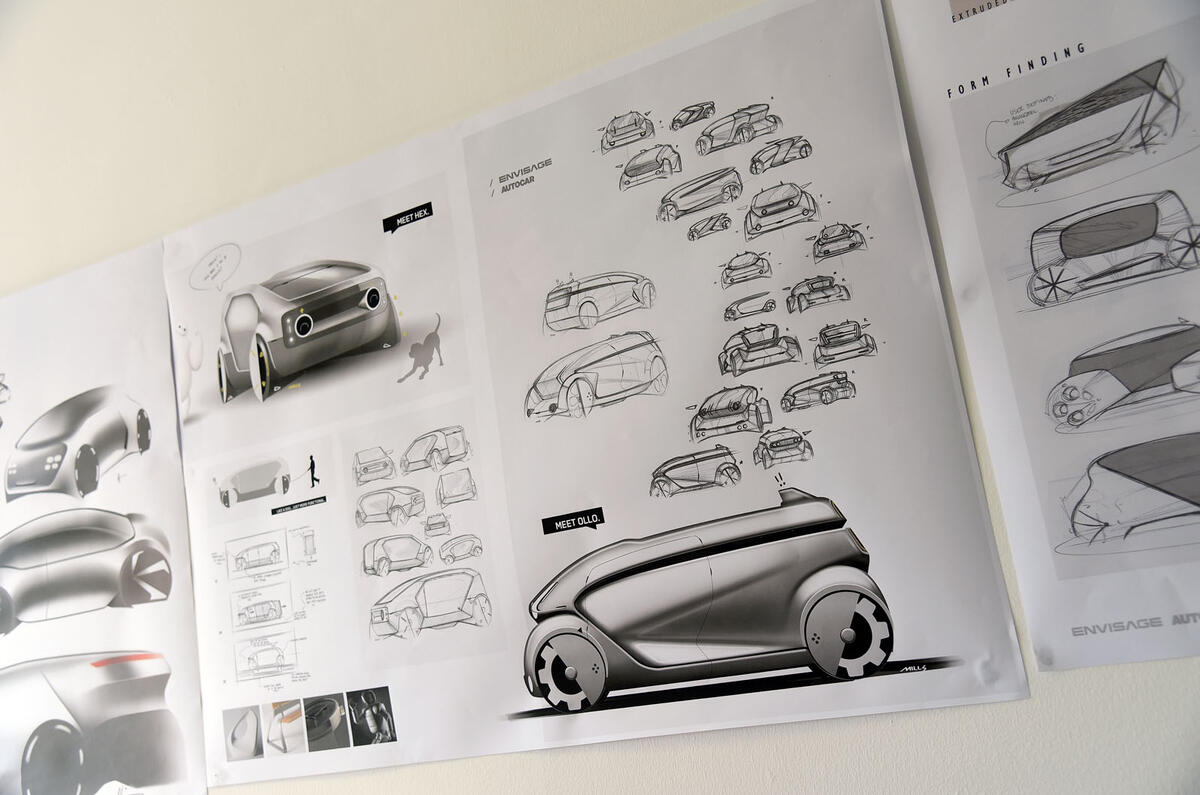
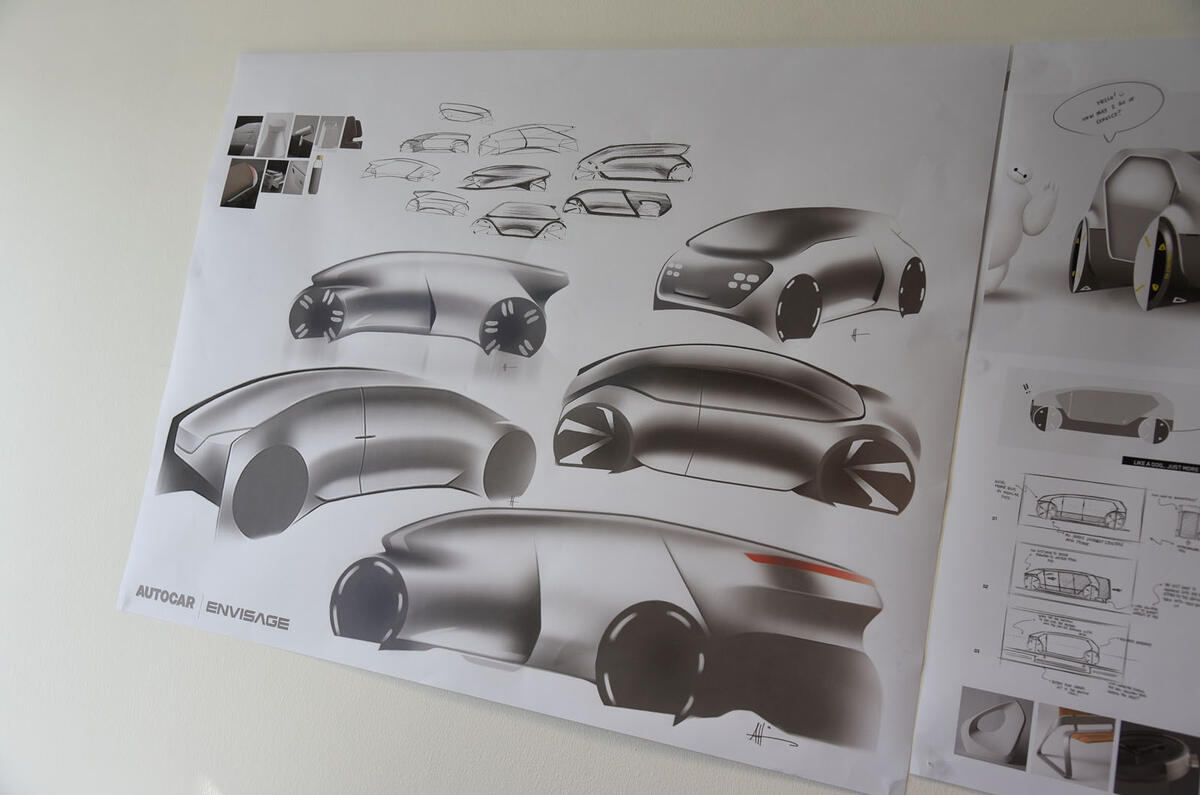


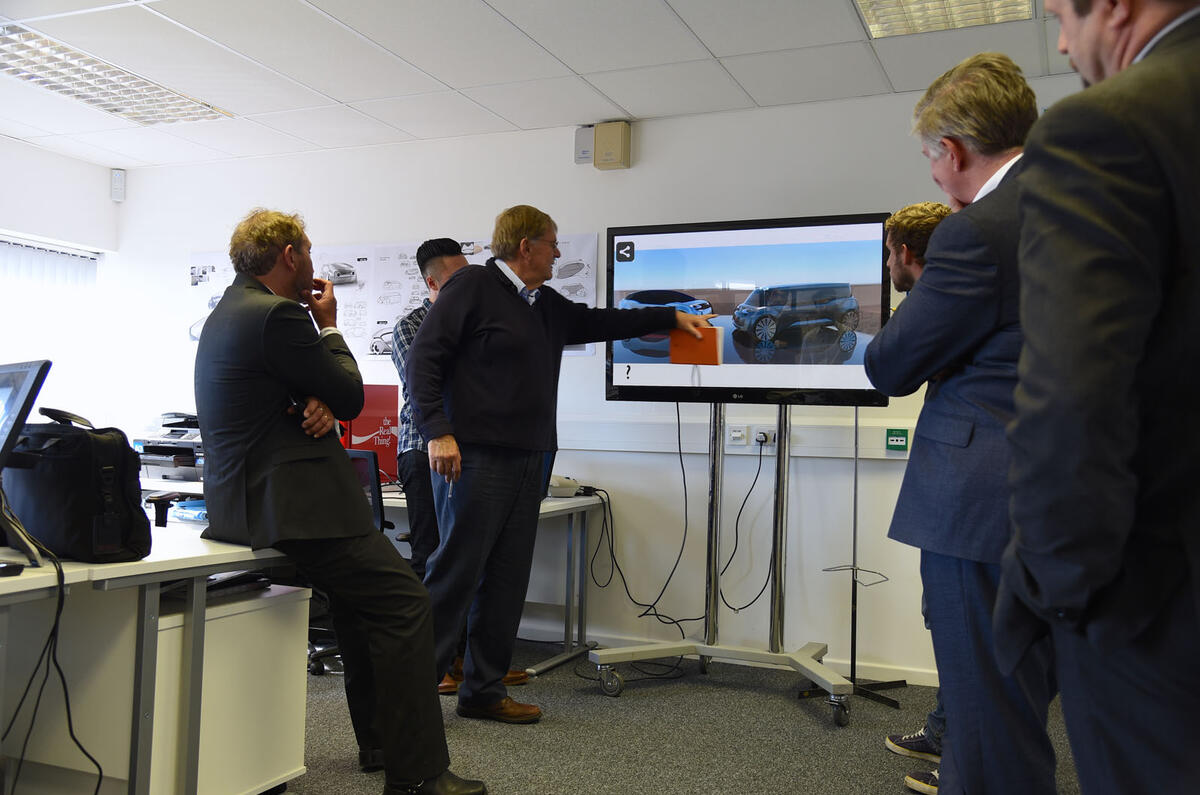






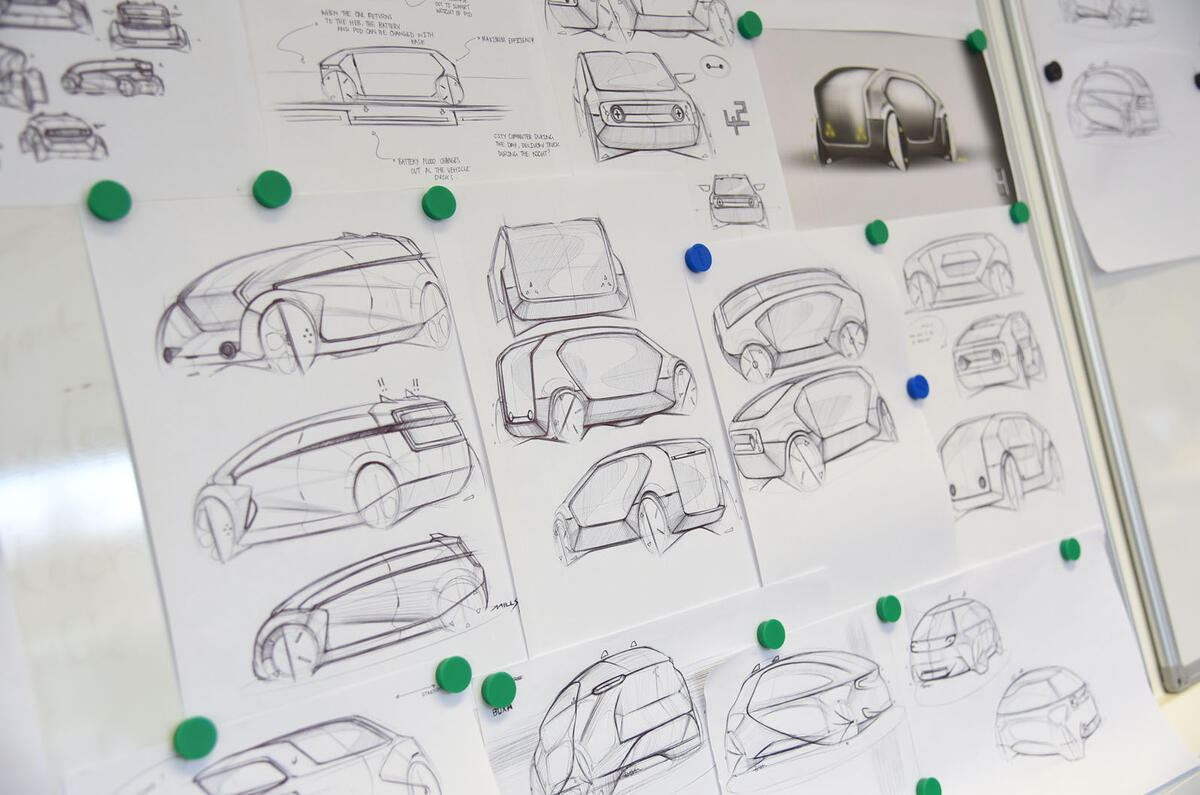












































Join the debate
Add your comment
42 isn't what you said!
Anyway.
The peoples car might get 7 seats, something that is of little value to a majority. What has not been mentioned is boot space. With staycations prevalent, you need to be able to take the least a week's luggage as well as the people. I have found great difficulty getting a smallish car that will hold even two people's luggage in the boot. I don't want to invalidate my insurance by leaving items on show.
As a golfer, I was offered 7 seat cars but the seats didn't remove, and even that huge size of car wouldn't fit two sets of clubs and trolleys. Some would not fit even one without having the passenger seats folded down and everything on display. I may as well have put a big sign saying "please break in and steal me.
42 isn't what you said!
Anyway.
The peoples car might get 7 seats, something that is of little value to a majority. What has not been mentioned is boot space. With staycations prevalent, you need to be able to take the least a week's luggage as well as the people. I have found great difficulty getting a smallish car that will hold even two people's luggage in the boot. I don't want to invalidate my insurance by leaving items on show.
As a golfer, I was offered 7 seat cars but the seats didn't remove, and even that huge size of car wouldn't fit two sets of clubs and trolleys. Some would not fit even one without having the passenger seats folded down and everything on display. I may as well have put a big sign saying "please break in and steal me.
2030?